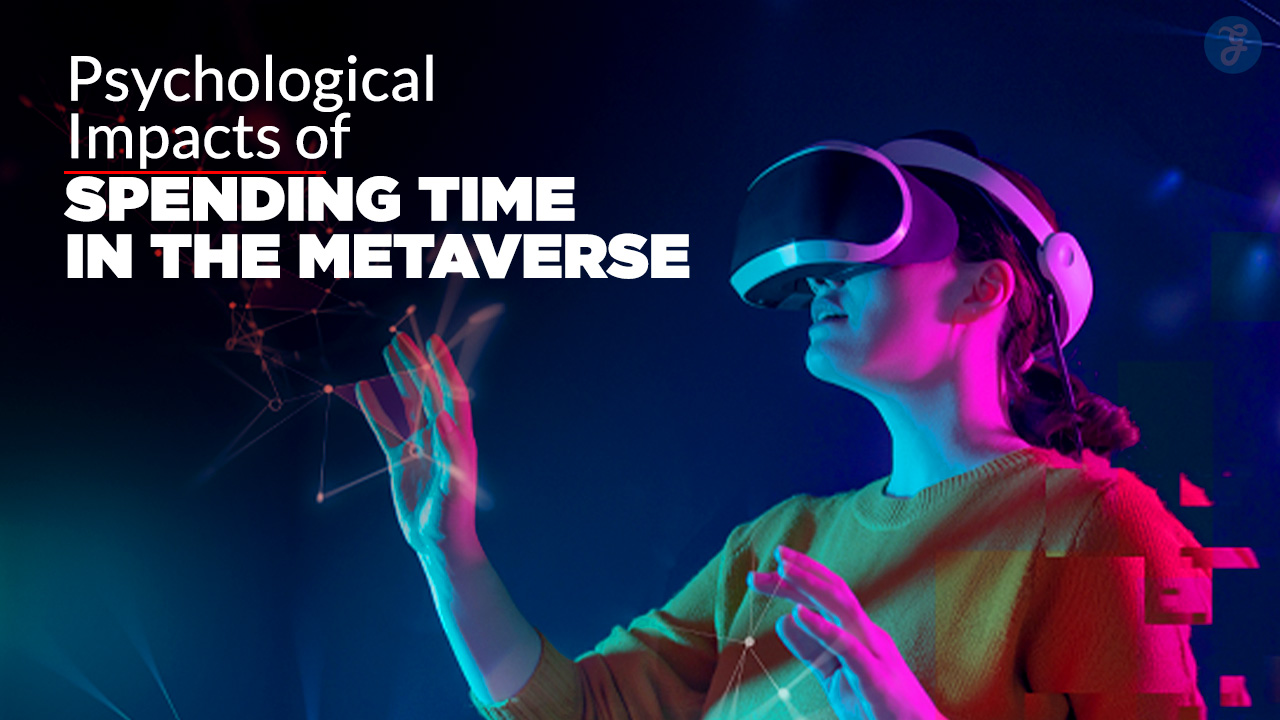As technology advances, so does the way we communicate with each other. One of the latest advancements in communication is subtitling and captioning. This type of translation has been growing in popularity in recent years, as it allows people to access content in their native language.
This article will discuss the future of subtitling and captioning and how it is changing the way we communicate with each other.
What is Subtitling?
Subtitling is the process of translating and transcribing spoken dialogue and other audio information into text form, which is then displayed on-screen. Subtitles can be used to provide translations of foreign-language dialogues or to provide additional information about the content of a video for viewers who are deaf or hard of hearing.
Subtitles can also be used to help viewers follow along with fast-paced or difficult-to-understand dialogues. In some cases, subtitles may also be used to provide comedic or dramatic effects. Whatever the purpose, subtitles can be an essential tool for making video content accessible and enjoyable for all viewers.
What is Captioning?
Captioning is the process of converting spoken or other audio into text. The text is then displayed on a screen or monitor, usually in synchronization with the audio. Captioning can be used for live or recorded broadcasts, as well as for other purposes such as educational videos and conferences.
It is an important tool for people who are deaf or hard of hearing, as well as for those who may not be able to understand the spoken language. Captioning can also be beneficial for people in noisy environments, or for those who simply prefer to read rather than listen.
There are several different types of captioning, including open captioning, closed captioning, and real-time captioning. Each has its strengths and weaknesses, and the best approach for any given situation will depend on the needs of the audience.
About The Future of Subtitling and Captioning
As more and more people around the world gain access to the internet and other digital technologies, the demand for subtitles and captions is likely to continue to grow.
This growth will be driven by the need for accessible content, as well as the desire of businesses to reach new markets. The future of subtitling and captioning looks bright, and the industry is poised for continued growth in the years to come.
Solution Based on Ai/ml and Cloud Technology
These solutions simplify the delivery of captions and subtitles, as one of the key challenges in captioning and subtitling is the need for accurate and timely translations. This can be a difficult task for human translators, as they must be able to keep up with the rapid pace of the dialogue and identify all of the necessary information.
However, with the help of AI/ML and cloud technology, this task can be automated. This type of solution is already being used by some captioning and subtitling providers, and this will likely become the norm in the future.
The use of AI/ML and cloud technology also has the potential to improve the quality of translations. By using these technologies, businesses can ensure that their subtitles and captions are accurate and up-to-date. This is especially important for businesses that need to provide translations in multiple languages.
AI-based Automated QC Solution
This solution will help to improve the quality of translations in addition to the use of AI/ML and cloud technology, another trend that is likely to shape the future of subtitling and captioning is the use of AI-based automated QC solutions.
This type of solution can help businesses to save time and money by automatically checking subtitles and captions for errors. This is a valuable tool for businesses that need to provide high-quality translations but do not have the time or resources to do so manually.
As digital accessibility continues to make waves in the global technology industries, creative solutions are ensuring a very interesting future.
Will Streaming Providers Embrace AI/ML and Cloud-based QC Solutions?
The short answer is yes. The use of AI/ML and cloud-based QC solutions are already being used by some captioning and subtitling providers. This will likely become the norm in the future as these technologies continue to evolve and become more sophisticated.
This is good news for businesses that need to provide accurate and up-to-date translations, as well as for those who need to save time and money. Automated QC solutions are a valuable tool for businesses that need to provide high-quality translations but do not have the time or resources to do so manually.
In conclusion, the future of subtitling and captioning looks bright. With the help of AI/ML and cloud technology, businesses can ensure that their subtitles and captions are accurate and up-to-date.








































